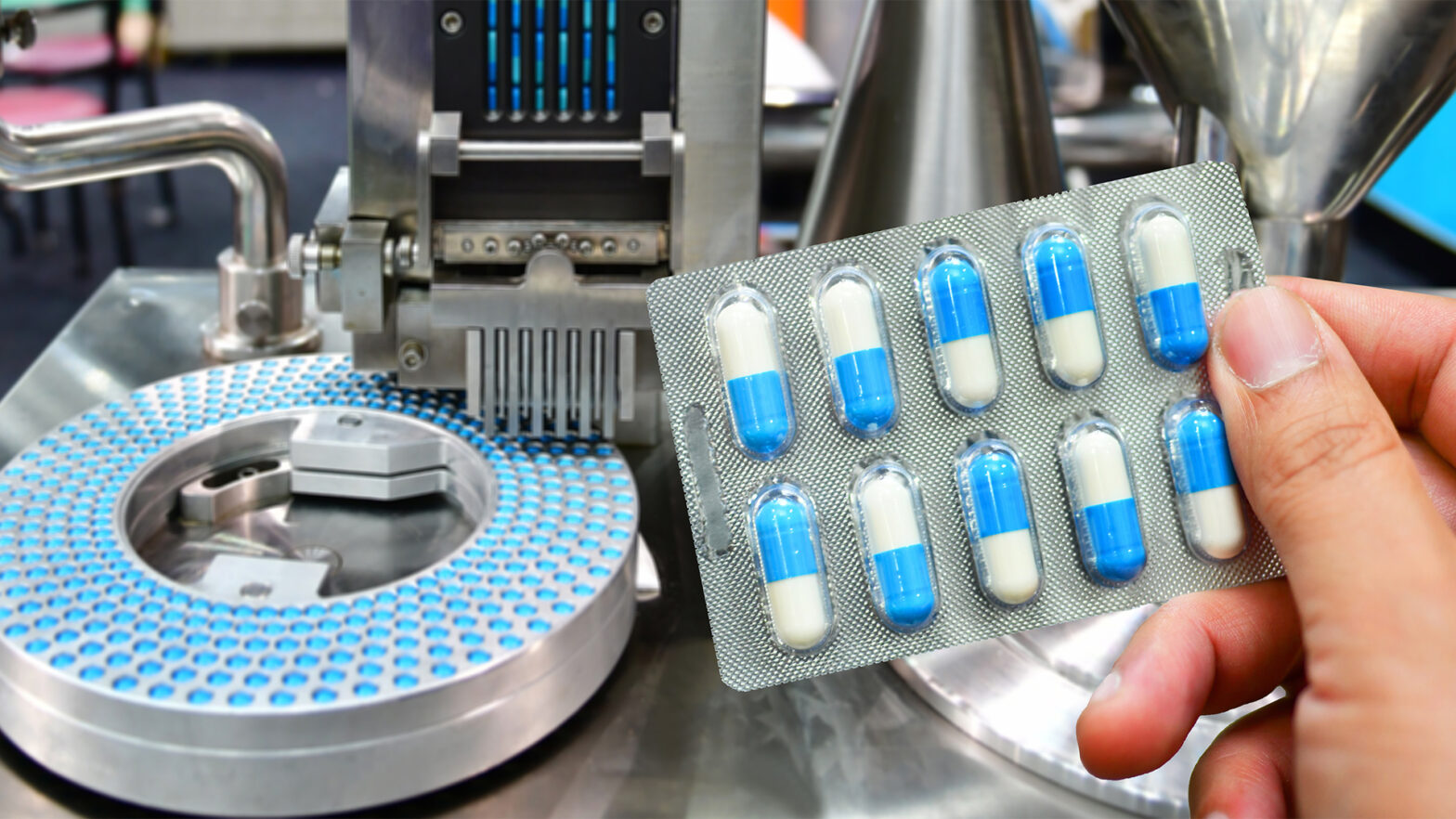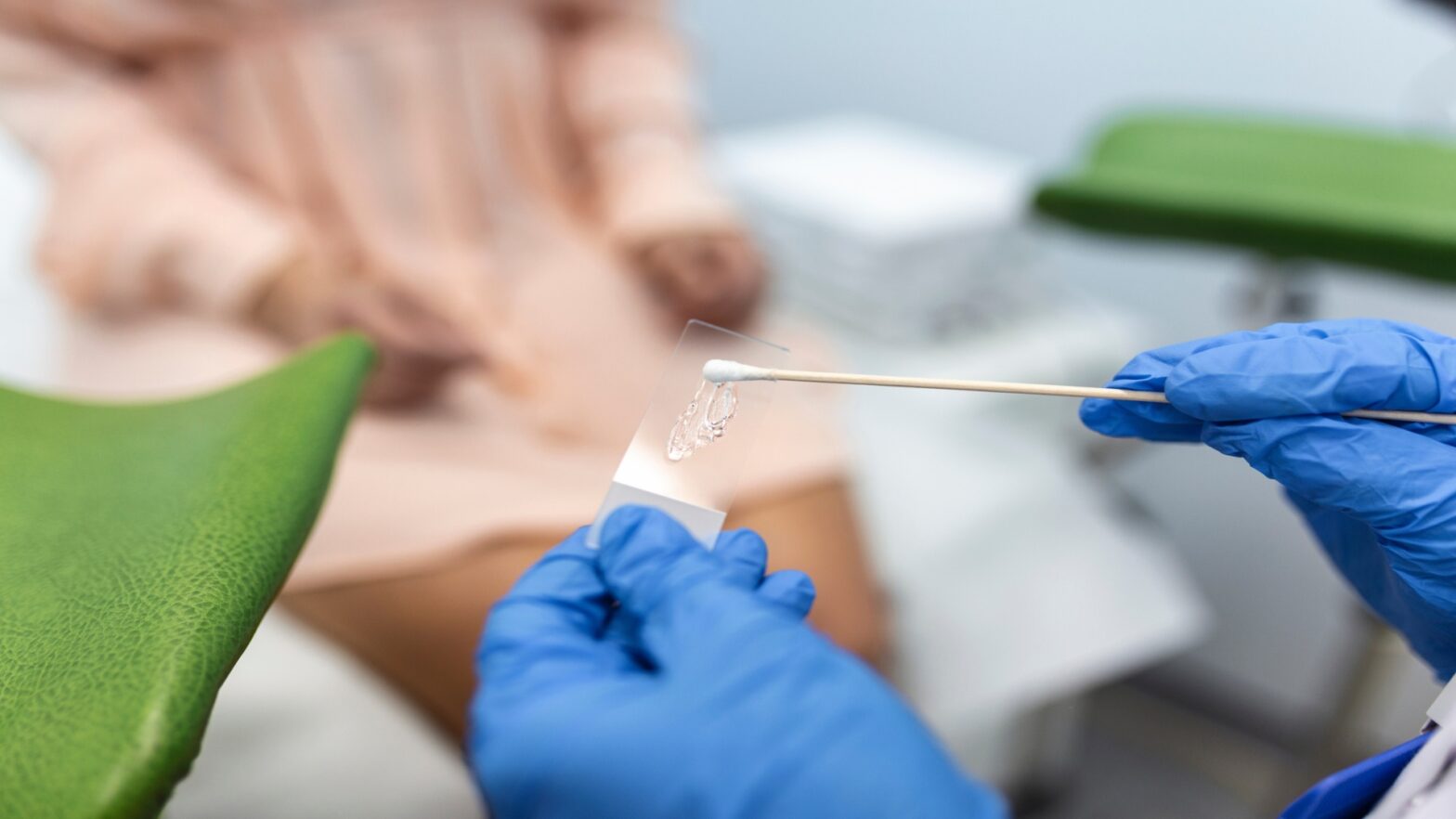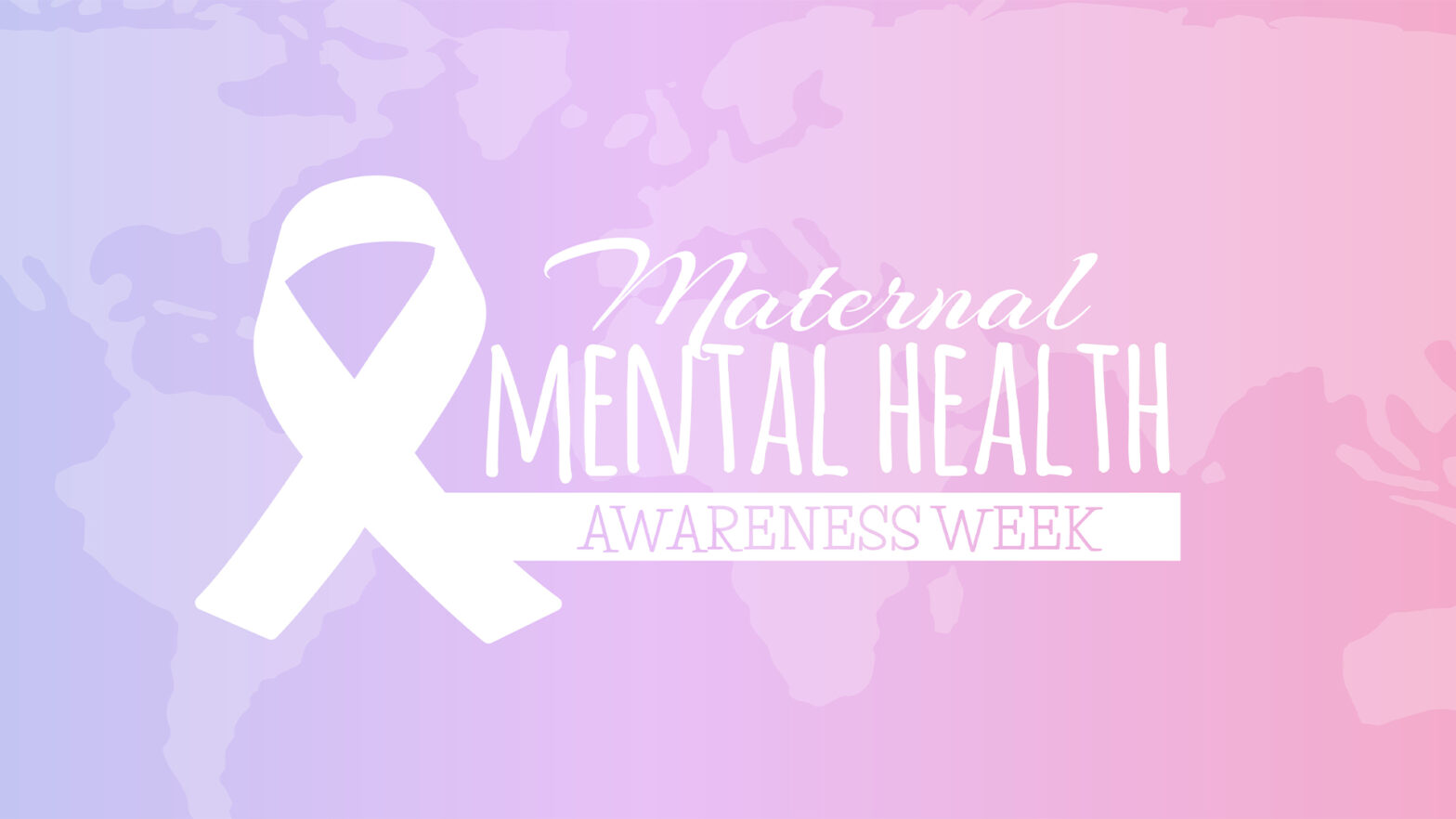Learning first aid is vital for providing instant initial treatment. A first responder needs to be diligent and quick at providing first aid to victims. Various platforms such as Newcastle Training provide online courses on first aid and demonstrations through onsite training. These courses can help teach necessary first aid steps to every age group when an injury occurs in public or in households.
CPR
CPR (cardiopulmonary resuscitation) is applied when a victim has suffered a cardiac arrest or suffocation, and no medical services are available nearby. The initial steps involve assessing the situation and positioning the victim on their back.
If breathing and heartbeat have stopped, thirty chest compressions are given, followed by two rescue breaths. The entire process is repeated until medical personnel and an automated external defibrillator (AED) arrives at the victim’s aid.
Wound Cleaning
Minor paper cuts and scrapes often heal on their own. However, in serious cases, managing a wound is necessary to prevent the risk of infection, which could lead to severe health complications. Correct cleaning involves rinsing the wound to remove foreign and cellular debris and covering it with an aseptic bandage or cloth.
Choking Management
Inhaling foreign objects can lead to choking asphyxia, increasing the risk of respiratory arrest and brain damage if not managed on time. Choking in adults is managed by Heimlich Maneuver, which involves wrapping arms around the victim and thrusting quickly upward at the epigastric region. The process is repeated until the foreign object is dislodged from the upper respiratory tract and breathing returns to normal.
Epinephrine Administration
Epinephrine is administered via an epinephrine auto-injector such as an EpiPen or Anapen. These auto-injectors are an instant treatment with a pre-measured dose of epinephrine for severe allergic or anaphylactic reactions. Inject an epinephrine auto-injector into the thigh muscle if the victim starts experiencing a skin reaction, hypotension, difficulty in breathing, and weak pulse. On-time administration can prevent the constriction of blood flow and respiratory arrest.
Head Injury Management
Recognizing the signs of a concussion is essential for managing a suspected head injury. Possible signs include dizziness, dilated pupils, altered level of consciousness, a visible bump on the head, or bleeding from the nose, ears, or head wound. Keep the victim still, cold compress the swelling, and stop bleeding from the head wound with a sterile cloth. However, do not apply pressure as an underlying skull fracture could be present.
Bone Injury Management
Bone injuries are very common workplace accidents. If a bone injury is suspected, knowing how to support the bone with a splint is necessary to prevent further fractures. A rigid stick can be used as a brace, and a cloth can be tied around the affected limb to limit movement. This first aid procedure can reduce pain and inflammation.
Common Steps of Any First Aid Procedure
Any first aid usually involves a similar structure. To help the victim as effectively as possible, here is a set of steps a first aider needs to follow:
Assess The Situation And Call For Help
The situation of the affected area or the victim needs to be assessed first for providing the right first aid. Check how many victims are in danger and need assistance and the cause of the situation. This assessment should be done quickly so that the first aid treatment can be given on time. In extremely serious cases, your first course of action should be to call for help.
Communicate With the Victim
If the victim is awake and not in an altered state of consciousness, quickly do a self-introduction and explain the situation and what you will do to help them. Try to comfort and reassure the victim to minimize the effects of emotional distress.
Maintain Safety And Hygiene
In order to prevent the transmission of bacteria or infections, hygiene needs to be maintained. Avoid direct contact with blood or other body fluids by wearing gloves to protect against harmful pathogens. Remove any nearby objects that could further injure the victim or injure you. Washing or sanitizing hands can prevent the spread of bacteria and prevent any complications for both the first aid provider and the victim.
Endnote
Providing first aid at the right moment can prevent life-threatening complications. Knowing how to manage different types of injuries, burns, choking, and performing CPR are some of the critical procedures that everyone should learn.

















